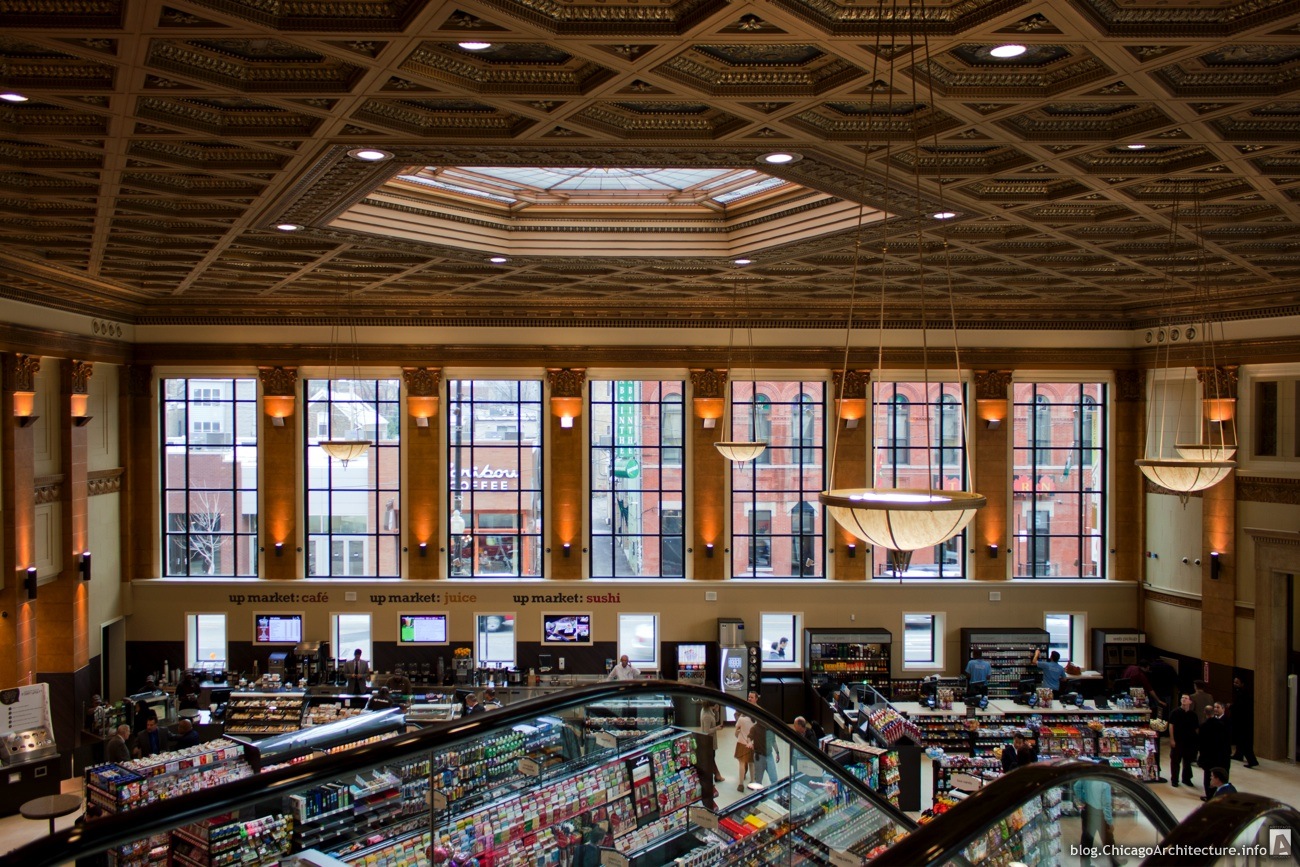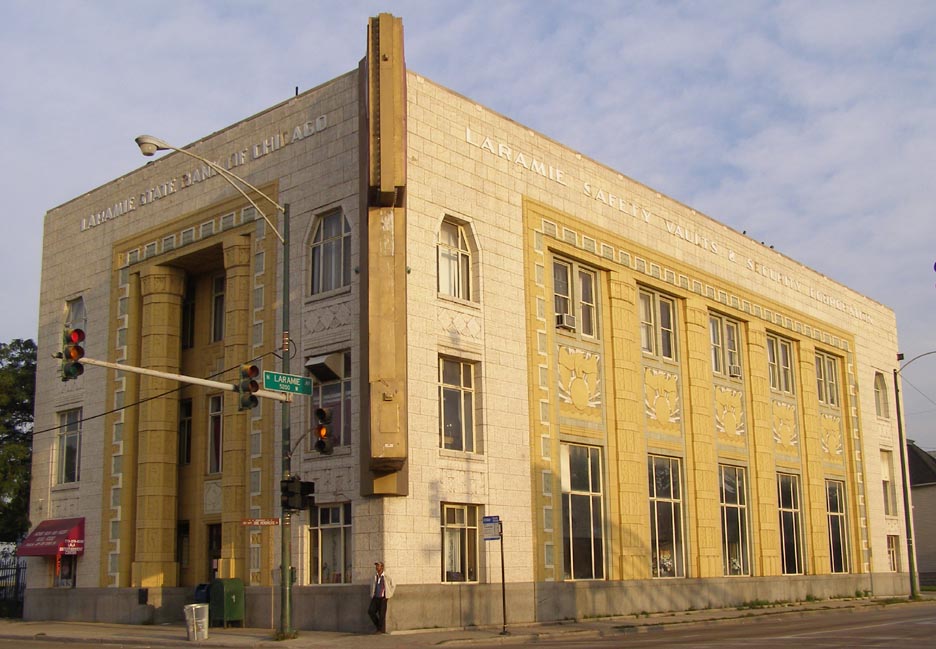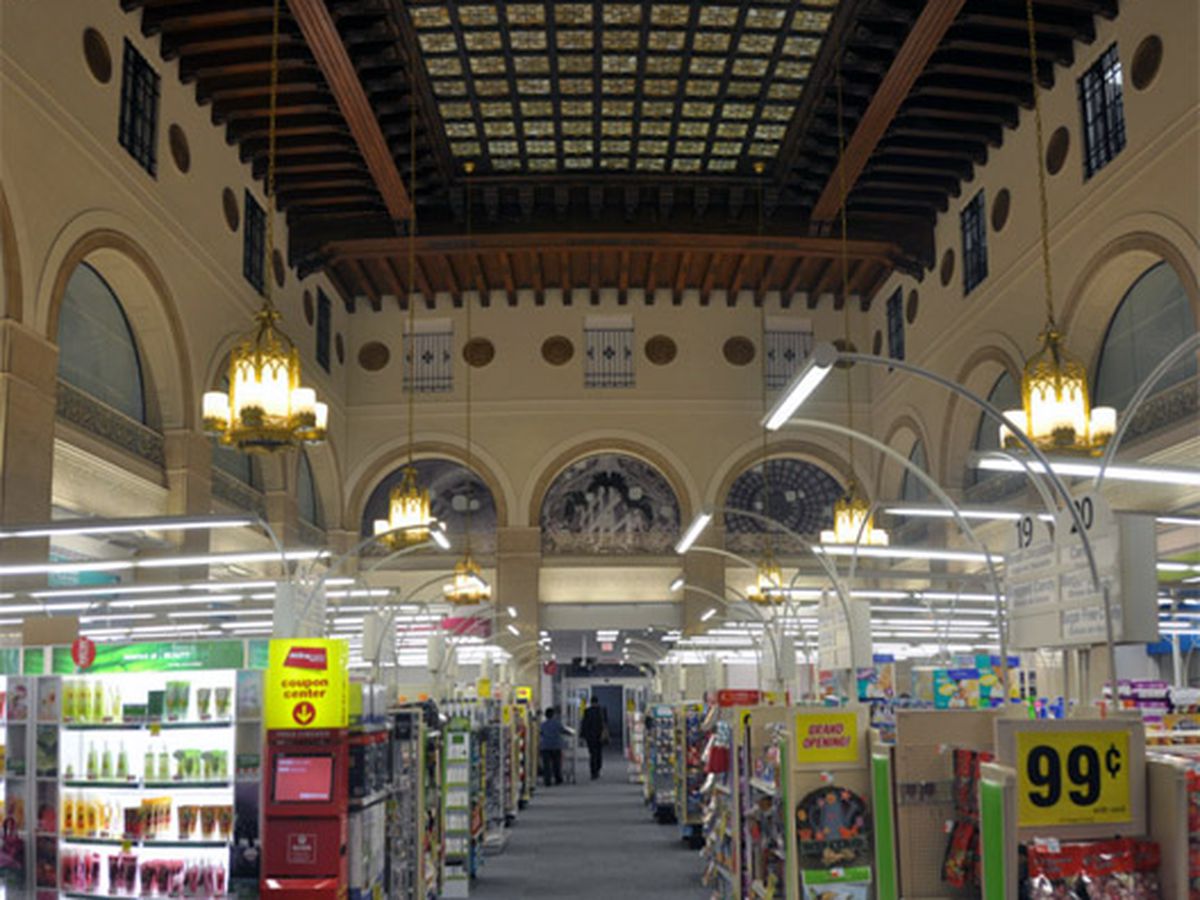Making use of libraries
Back at the end of October, Kaya Genç had a very sweet homage to Istanbul’s libraries. In it he quotes Mine Haydaroğlu, an editor, translator and librarian (as well as a “hero of the art world” according to an Ekşi Sözükçü):
“Outside, the streets are crowded; Istanbul became an eternal construction site. Readers find their peace here. Our visitors consist mostly of millennials and elderly people. The library has recently been renovated, and entering it lifts up the spirit of many.”
And friends, I can attest to this. In my years freelancing, editing, and being seriously underemployed around Istanbul I always enjoyed the opportunity to hunker down in a climate-controlled room and do work. Or read a random book plucked off the shelves. Or just kind of wander and people-watch.
Courtesy of Hürriyet
It’s hardly perfect, and for several reasons. First and most obviously, I am not the best test case for if your public spaces are working – most people have better things to do or more precise demands than I have. Also, these libraries have been under attack like much of Istanbul’s public space. SALT Beyoğlu closed last year. Outside of Istanbul, the situation is grim.
Genç also points out that much of this cultural space isn’t precisely public. Turkey’s main banks own the libraries, publishing houses, and other huge cultural institutions. He writes:
“It takes time to see banks as saviors of culture, rather than its adversaries. But this is the case in Istanbul today. Their private libraries have introduced innovations in ways that avoided offending scholars of old-fashioned reading habits.
Although their Istiklal Cd. location closed, SALT's Galata library is one of the best libraries in the city. Image courtesy Gezilecek Yerler.
There are many conversations (like, probably way too many conversations) about what the role of a library is in the 21st century. The New York Public Library’s new 53rd St. branch has been widely mocked for its focus on Internet capability and interesting programming.
The Istanbullu answer to “what is a library in the 21st century?” seems to mostly be: grand old buildings, lots of books, hot tea and clean bathrooms.” Judging by the amount of use they get – this might be a pretty good answer!
The exterior of Atatürk Kitaplığı. Courtesy of Francis Jonckheere, Flickr.
Of course, two huge caveats: the whole “libraries and cultural institutions run by banks” thing is worthy of criticism. And Turkey has social services for displaced and homeless people that can be accessed outside of a library, which is largely not the case in the US. These are both issues that are a lot larger than determining what defines/what is the use of public spaces for education and culture.
The institution is really quite remarkable in Istanbul, though. And fits well with the cultural centers, social facilities, kiraathanes and other public spaces in the city. If viewed as less of a public-private partnership and more as a demand put on banks, it is a way to demand social institutions out of financial institutions. I am not sure if that’s at all an accurate view to take, but it would be a great way to repurpose the grand old bank buildings of the US for something a bit grander than a pharmacy.
Images in gallery from Chicago Architecture, Curbed and RoadArch.
In and of itself, that’s a way to raise expectations and fund social goods in a city. As a way to restructure city blocks and emphasize the production and consumption of culture, rather than money, it’s a whole other way to use the city.





